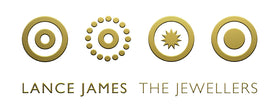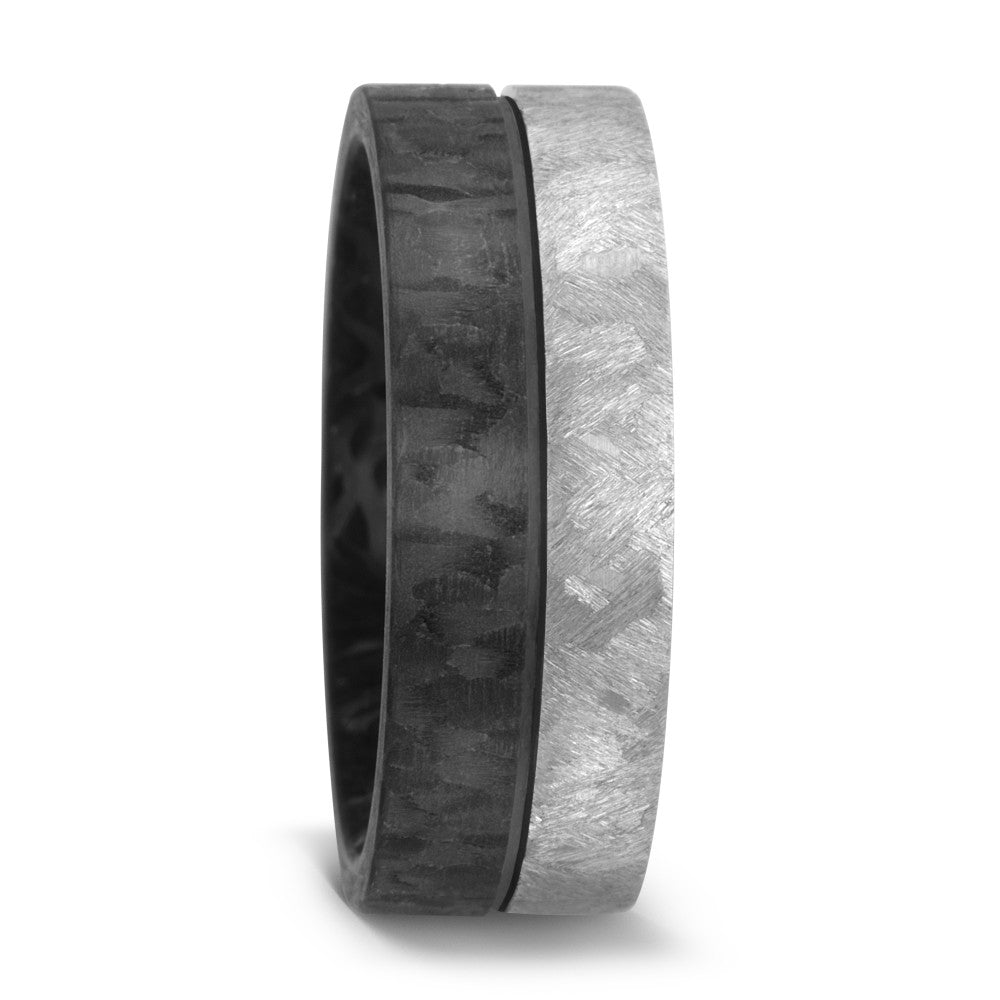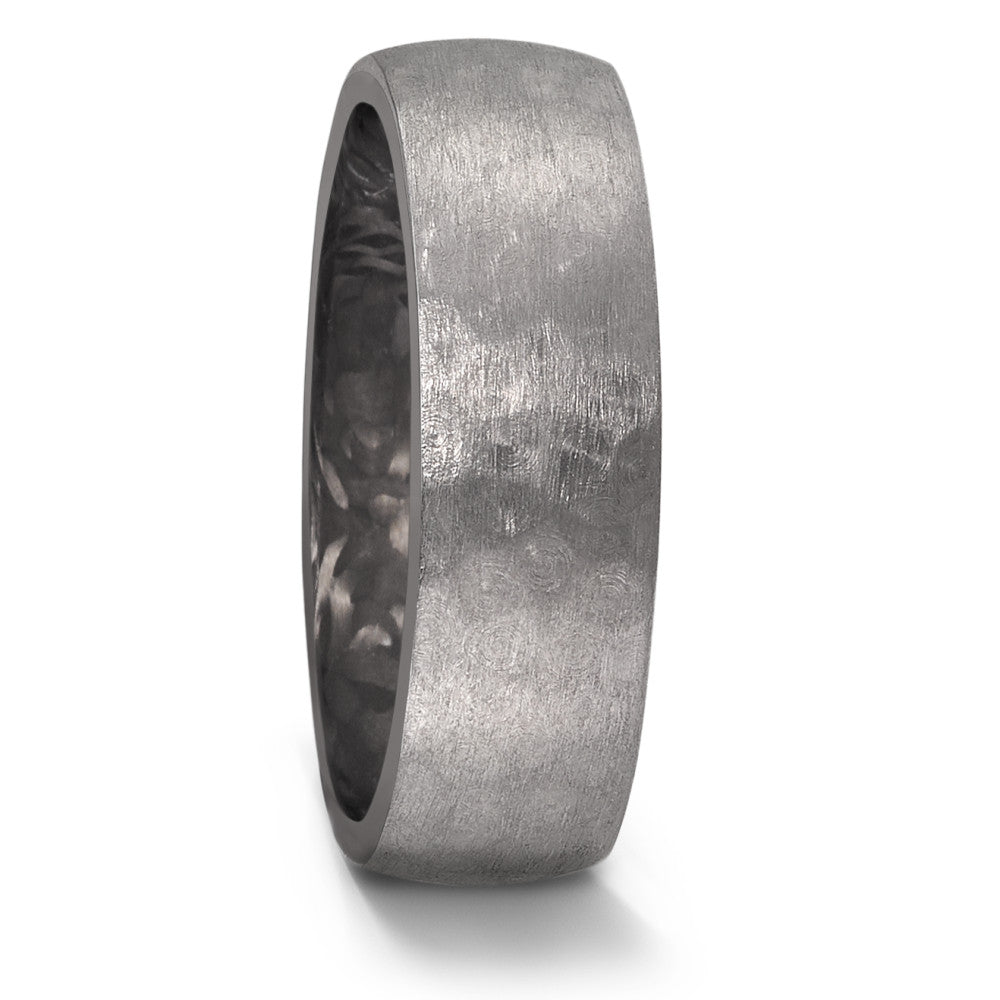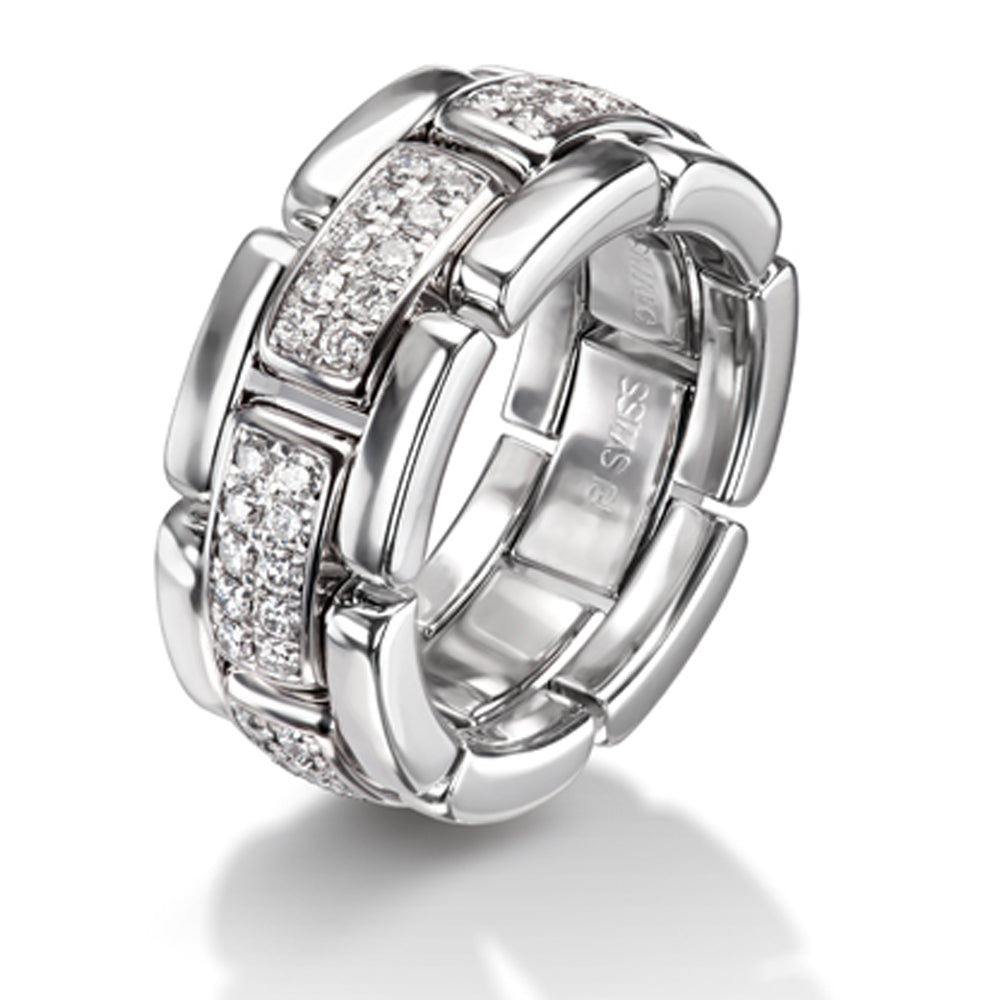3 THINGS NOBODY TOLD YOU ABOUT DIAMONDS
If you’ve ever done researched diamonds on the internet, you will undoubtedly have been bombarded with the 4Cs: cut, colour, clarity and carat.
But there are other interesting facts that are useful to know that you might not have come across…

OBSESSED WITH CARATS
Diamonds are measured by weight (carats), but is this the only measure that you should consider?
People normally look at a diamond from above. So it is the diameter of the table facet that is most evident.
As the carat weight increases, so does the diamond diameter but not as you might expect. A 25pt diamond has a diameter of 4mm while a 50pt diamond is 5mm. But jump up to 100pts or 1ct and the diameter only increases by 1.5mm to 6.5mm. While the weight has increased by 400% from 25pts to 100pts, the table facet is only 62% bigger.
To get more diamonds for your spend, buy several smaller diamonds instead of one big solitaire. Why not consider a three-stone design?
£££s PER CARAT
Price per carat is not the same across all diamonds. The larger the stone, the rarer they are and so they can demand a higher price per carat.
Prices will be banded across different size ranges eg. 1ct – 1.25ct. Diamond dealers know that customers love to buy a 1 carat diamond so you’ll find the price moves up into the next price band.
By avoiding popular weights, you can sometimes drop down to a lower price band. Canny customers can opt for a 90pt diamond which will typically cost less per carat. And the difference in size is barely visible.

HOW WHITE IS WHITE?
The colour grading of diamonds is probably the easiest of the 4Cs to understand which is probably why people get so hung up about colour.
However, the differences in colour between a D and an H are so subtle as to be hardly discernible. A trained diamond grader has to compare each stone against a range of other graded stones to distinguish between them.
Yet the price between these two colour grades can be significant! If you can’t see the difference, then why insist on a D?
CERTIFICATES ARE NOT ALL EQUAL
More accurately described as a ‘diamond grading report’. It reports only the diamonds characteristics, not its monetary value.
Some jewellery brands offer their own ‘certificates’ or diamond ‘guarantees’; but these are no guarantee of value. If you are spending a large sum of money, you should insist on an independent assessment. Retailer-issued certificates are also not valid in the eyes of an appraiser.
Stick with globally-recognised diamond grading services like:
The Gemological Institute of America (GIA) - www.gia.edu
IGI
HRD Antwerp NV – www.hrd.be
Online adverts may quote clarity, coour and weight but not cut. Although the least known of the four Cs, the cut is as equally important as its more famous siblings. A highly graded diamond in terms of clarity and colour can be ruined by a bad cut. A poorly cut diamond will mean light cannot travel through the stone effectively and will adversely affect a good colour and clarity grading.
The fire and of a good quality, well proportioned and professionally cut diamond will outshine a larger diamond of poorer quality so decide what is important.
There are many laboratories that will grade diamonds and produce a certificate. But unfortunately, not all grading is equally
Independent, certified laboratories will have quality control procedures and grading will be cross-checked by more than one grader,
Independent lab entities evaluate diamonds and provide certificates to verify their grading. Some labs are strict and consistent, while others are loose and inconsistent.
Each entity grades and describes diamonds differently—and sometimes the difference is significant. Several lab entities exist and it’s important to know which ones are trustworthy and reliable, and which ones are not.
Because diamond certificates are not created equal, the price and value of diamonds are not comparable across varying certifications. Ensure that you purchase a diamond with a certificate from a highly reputable grading entity—and that you review the diamond closely before purchase.
The certificate will only assess the diamond’s physical attributes, not is value.
Certificates exist to protect a customer who is purchasing a diamond, and that includes anyone in the trade.
Anyone who isn’t a gemmologist cannot tell the quality, clarity, colour or weight just be looking at it.
Beware a certificate that is issued by the seller themselves. They are not grading professionals, and they are just saving themselves the money it would cost to get the diamond independently graded.
The most important thing about a diamond certificate is its credibility. To be of any real value, a certificate needs to be issued by an independent, respected gemmological laboratory.
It costs money to provide a certificate, so it really isn’t worth getting the big boys to grade them. In these cases, you can have smaller independent gemmologist grade them. But make sure that they have the correct qualifications; a GIA Graduate Gemmologist has trained for several years to learn their craft.






